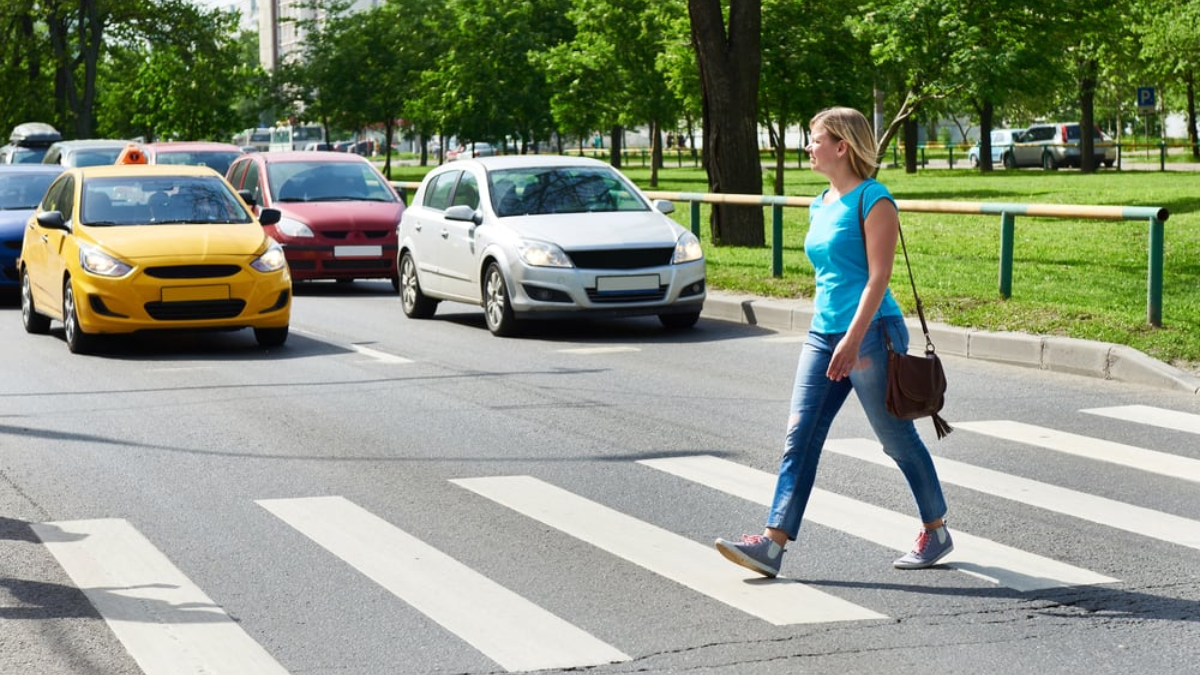Kansas, like other states, has specific right-of-way laws that ensure safety and order on the roads. These laws dictate who must yield in various traffic scenarios, from intersections to pedestrian crossings. Understanding these rules is crucial not only for avoiding accidents but also for complying with Kansas traffic regulations.
Right of Way at Intersections
Intersections are one of the most common areas where right-of-way conflicts arise. In Kansas, the law requires drivers to yield to vehicles already in the intersection. For drivers approaching a four-way stop, the first vehicle to arrive has the right of way. If two vehicles arrive simultaneously, the vehicle on the right proceeds first.
At uncontrolled intersections—those without stop signs or signals—drivers must yield to vehicles approaching from the right. This rule ensures an orderly flow of traffic even in areas without traffic control devices.
Pedestrians and Crosswalks
Kansas law prioritizes pedestrian safety. Drivers must yield to pedestrians crossing within marked crosswalks or unmarked crosswalks at intersections. When traffic signals are absent, vehicles must stop to allow pedestrians to cross.
Pedestrians, too, have responsibilities. They are required to obey traffic signals and should avoid suddenly stepping into traffic. The Kansas Highway Patrol provides guidelines for both drivers and pedestrians to promote safety.
School Zones and Buses
In school zones, reduced speed limits and heightened caution are required. Drivers must yield to crossing guards and stop when a school bus displays its stop sign or flashing red lights. Failing to yield in these situations can result in hefty fines and endanger children’s lives.
Emergency Vehicles
When an emergency vehicle approaches with flashing lights or sirens, Kansas drivers must yield the right of way. This involves pulling over to the right side of the road and stopping until the vehicle has passed. The same rule applies when encountering stationary emergency vehicles with flashing lights; drivers must move over or slow down significantly.
Kansas’ “Move Over Law,” detailed by the Kansas Legislature, aims to protect emergency responders on the road.
Turning and Yielding
When making left turns, drivers must yield to oncoming traffic and pedestrians. At roundabouts, vehicles entering must yield to those already circulating. These rules help maintain a smooth flow of traffic and reduce the likelihood of collisions.
Special Considerations for Cyclists
Cyclists are considered vehicles under Kansas law and are entitled to the same rights and responsibilities. Drivers must yield to cyclists when turning or merging into bike lanes. Similarly, cyclists must follow all traffic signals and yield rules to ensure safety for everyone on the road.
Common Violations and Penalties
Violating right-of-way laws can result in serious consequences, including fines, points on a driver’s license, and increased insurance premiums. Common violations include failing to yield at stop signs, disregarding pedestrian crossings, and not moving over for emergency vehicles. Repeat offenses can lead to license suspension.
The Kansas Department of Revenue outlines penalties for traffic violations in the state.
Importance of Awareness
Right-of-way laws are designed to minimize accidents and protect all road users. However, enforcement alone is not enough. Drivers must stay vigilant, exercise patience, and understand their responsibilities. Pedestrians and cyclists should also be aware of their rights and obligations to ensure mutual safety.
Conclusion
Understanding Kansas’ right-of-way laws is essential for safe and lawful driving. By adhering to these regulations, drivers can contribute to a safer road environment for everyone. For more detailed information, refer to official resources like the Kansas Department of Transportation and the Kansas Highway Patrol. These organizations provide valuable insights and updates on traffic laws and safety initiatives.
Disclaimer – Our team has carefully fact-checked this article to make sure it’s accurate and free from any misinformation. We’re dedicated to keeping our content honest and reliable for our readers.








